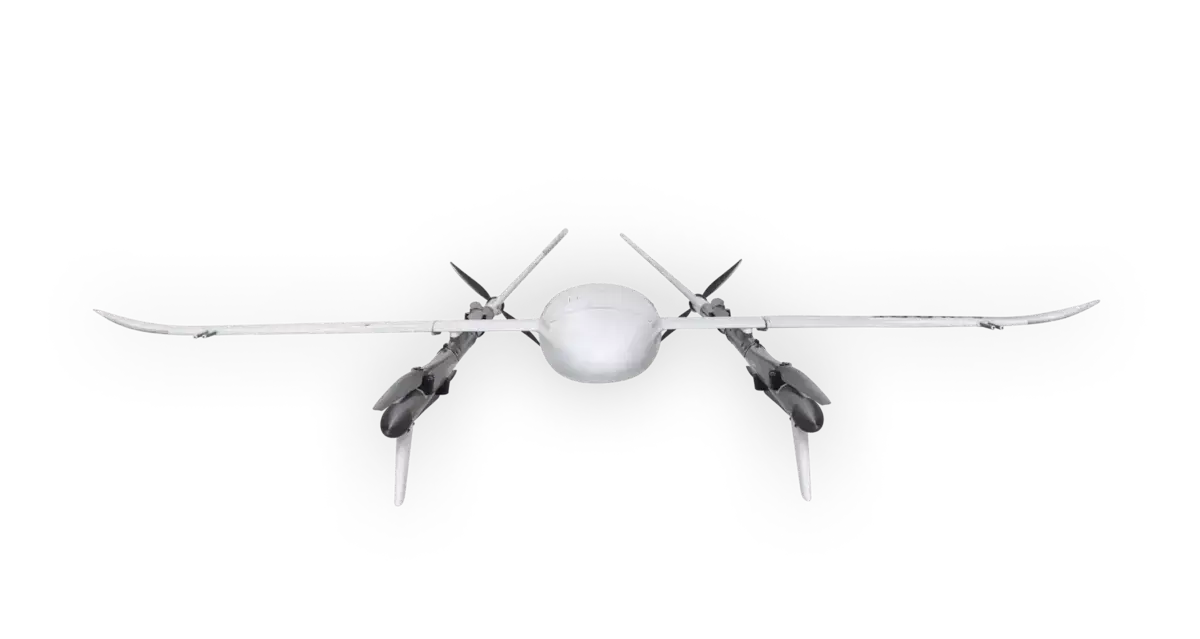Aviation regulations are an enabler, not a barrier
12 September 2019
Aviation regulations are an enabler, not a barrier
Aviation is a risky business. Airlines put steel giants in the air, filled with fuel, and hurtle them through the sky at 1000kmh. But if you ask someone to name a friend who has been injured (or worse) in a plane crash, most people can’t. Even if you’re unfortunate enough to be caught up in an aircraft accident, you’ll likely survive. The simple reason is that aviation is one of the most regulated industries in the world; it’s like that to keep everyone safe.
Aviation regulators, like the Federal Aviation Administration (FAA) in America, Civil Aviation Authority (CAA) of Vanuatu and New Zealand, ‘Autorité de l’Aviation Civile’ (AAC) of the Democratic Republic of the Congo, or the Civil Aviation Safety Authority (CASA) in Australia, are the guardians of the skies. Their role is to make sure everybody, in the air and on the ground, is kept safe from the risks of aviation.
Seven out of 10 aviation accidents are caused by the interaction between humans and machines, not the machines themselves. New technologies with increased levels of autonomy will help to reduce the risk of human error and vastly improve aviation safety, but only once they are safely introduced into the broader aviation ecosystem. Aviation depends on technology, from the management of bookings to routine maintenance, and real-time monitoring of parts and systems once in the air; all to streamline the service and make sure safety is never compromised.
As technological advancements rapidly mature and become easily accessible, aviation regulators and the industry must continue to work together to understand new technology and its impact, and safely integrate it into existing workflows and procedures to quickly realise the benefits.
At Swoop Aero, our highest priority is safety. Everything we do is viewed through a safety lens. From the beginning, we set out to ensure all our aviation operations are safe by meeting and exceeding the requirements of aviation regulators, everywhere we operate.
Our leadership and operational teams have extensive experience in aviation regulation, and we take a top-down approach to aviation regulatory management. Collectively, the team has experience in military, airline, and cargo aviation operations. That knowledge is applied to all areas of the business so our entire operation meets industry regulations. And it’s not just theory; our processes and procedures have been validated by leading experts from aviation regulators from Africa and the Pacific.
We leverage our experience developing new aviation technologies for the complex landscape of the Australian Defence Force, and have created operational procedures to meet the requirements of multiple aviation regulators. This experience means we can safely and reliably run complex operations in situations generally reserved for commercial and defence aircraft, such as successfully operating flights in populated, urban areas where other operators aren’t able to do so.
Regulation compliance isn’t just about product. Procedures and policies must be in place to ensure that those who operate the aircraft do so in a safe and informed manner.
While our operations team is responsible for the more technical activities, like identifying and approving pre-planned flight routes and monitoring the system’s health using machine learning, we ensure the local workers can safely receive the aircraft, remove the supplies, and run their checks before sending the aircraft back to its base.
Aviation plays a huge role in what we do, but we aren’t just about transforming the healthcare supply chain with airborne mobility. We’re focused on upskilling and empowering local healthcare providers so they can continue operations on the ground and focus on what they do best: improving health outcomes within their local communities. The aircraft provided as part of our service are designed and built to be user-friendly, environmentally friendly, and to mitigate the risk of human error.
The aircraft run an automated pre-flight health and status check before deploying, and if there’s any sign of the smallest problem error, the flight is cancelled before take-off. Automated error checks are run continuously using flight-critical data; onboard intelligence will identify any issues and take the safest possible action, faster and more accurately than a human pilot ever could. The cross-checking of data and technical tasks leaves little room for human error or flight failure.
Aviation regulations have been put in place for a reason: to protect everyone involved in aviation, from commercial flight operators to the general public. Without them, the environment which facilitates the safe use of our skies wouldn’t exist. By integrating the applicable regulations from the get-go, operators can ensure they are well-positioned to efficiently and effectively meet customer requirements.
Regulators exist to keep our skies and the people beneath them safe. Operating within the requirements of multiple regulators from different regions has its challenges, but should never be perceived as a barrier to market entry. A focus on the necessary measures to achieve regulatory compliance from the beginning not only facilitates product progression, but most importantly, keeps us all safe.

